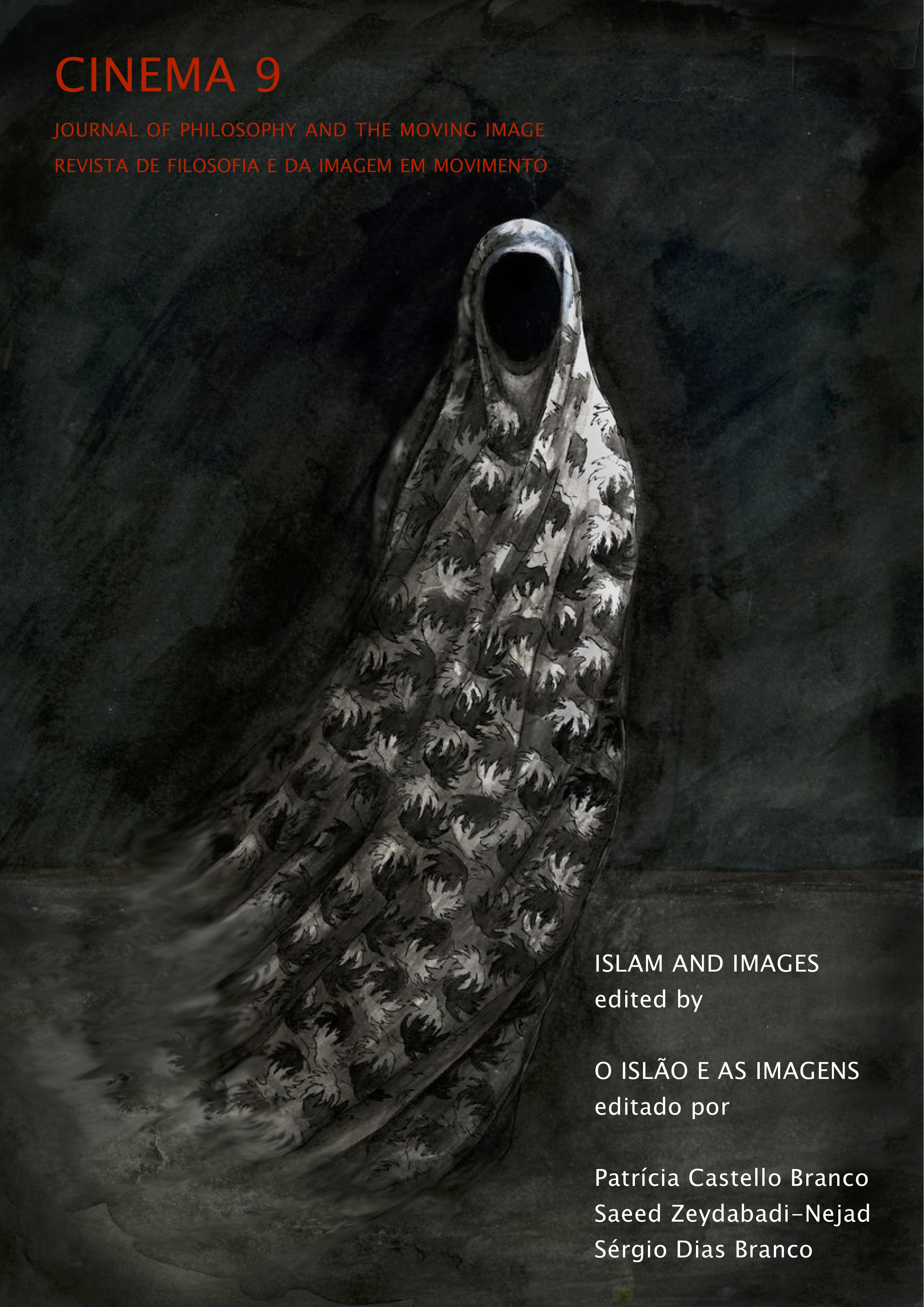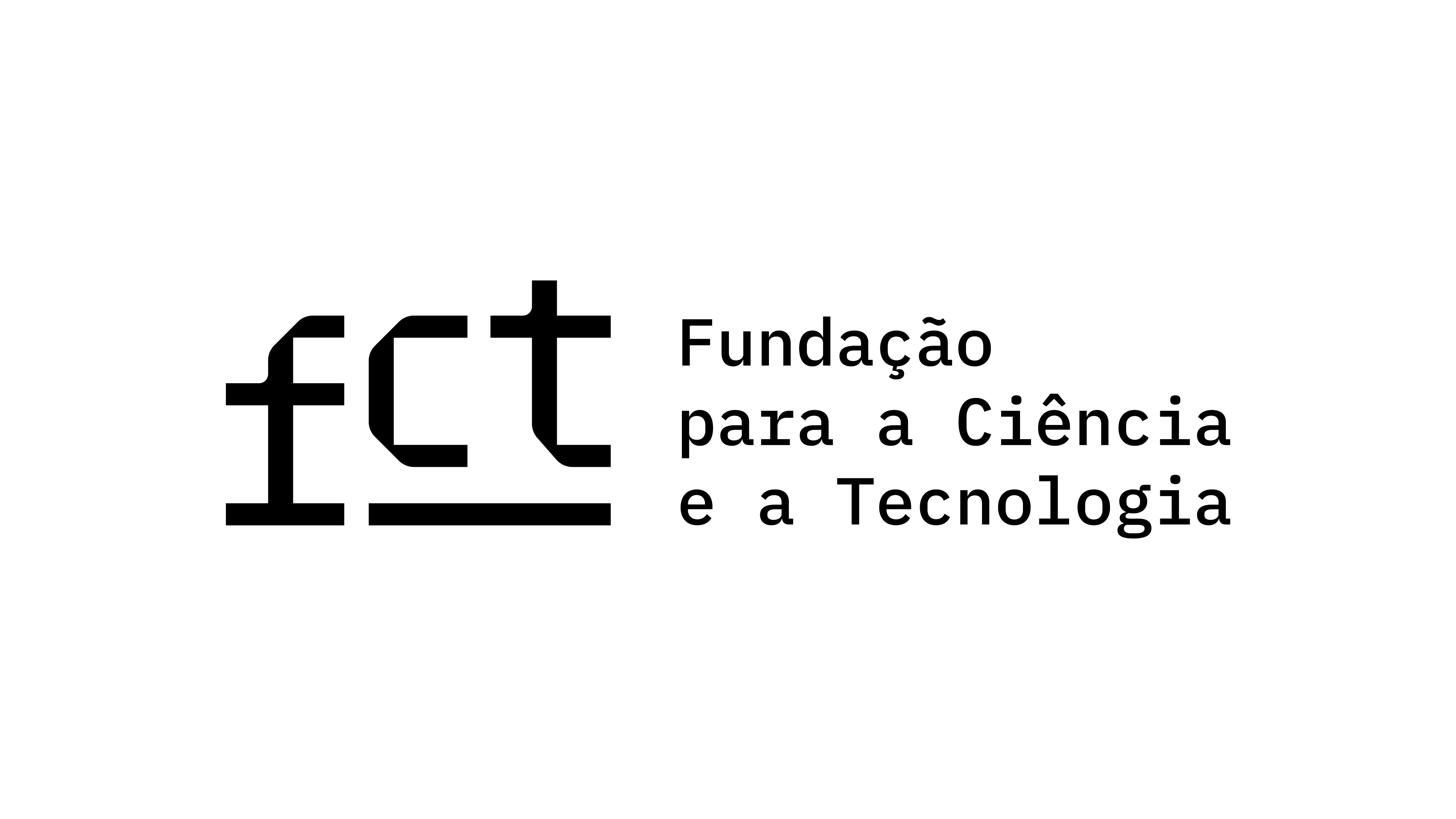Seeing the Unseen: The Invisible Worlds of Jafar Panahi’s Cinema
Keywords:
Docufiction, Film ethics, Iranian cinema, Islam, Levinasian ethics, Jafar PanahiAbstract
This paper examines the intersection of visibility and ethics through Jafar Panahi’s exploration of the unseen and unseeable in two of his docufiction films. In 2010, Panahi was arrested and banned from making films for the next 20 years. In response, Panahi made films which directly engage with the significance of the prohibition. In film nist (This is Not a Film, 2011) is a video-essay style documentary, where the director describes scenes from a film he would no longer be able to make. Taxi (Taxi Tehran, 2015) features the director driving a taxi in Tehran and interacting with his passengers. Panahi’s inventive use of technology is necessitated by his physical confinement. In these films, Panahi demonstrates an iconoclastic function of film which destroys narratives of fixed visual certainty in favor of narratives of possibility. French philosopher Emmanuel Levinas protests the closed nature of art as it precludes the ethical question by fixing the image permanently and preventing further interaction. Panahi’s subversion of the visual medium to seek the invisible resonates with Levinas’ call for an art that is incomplete in its completion and thus be able to address the world within which it is set.





